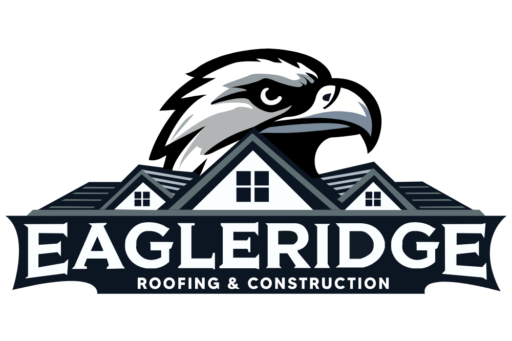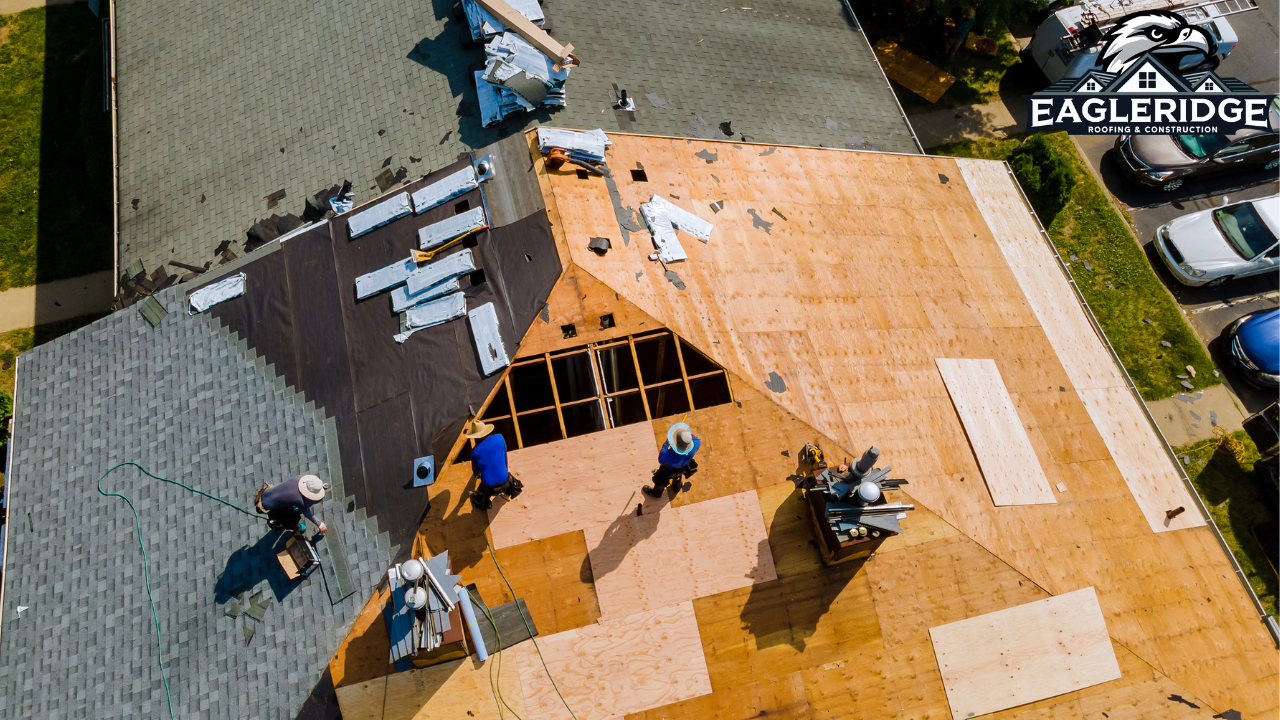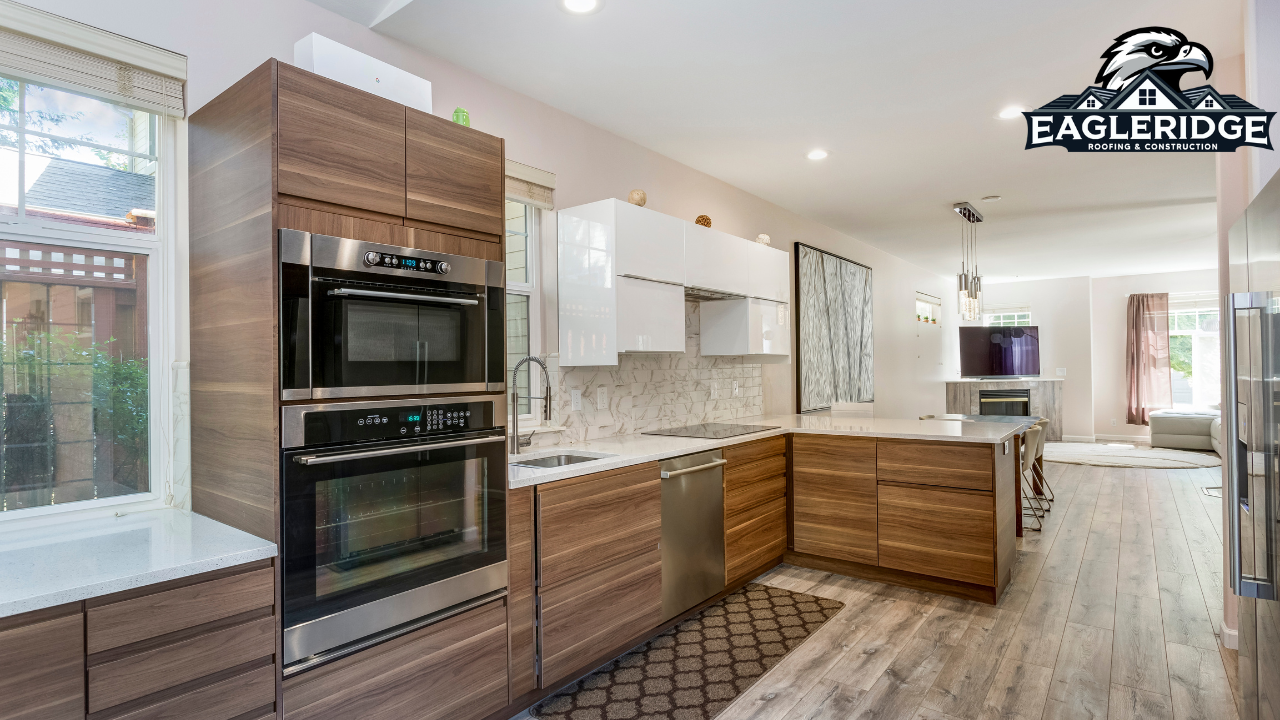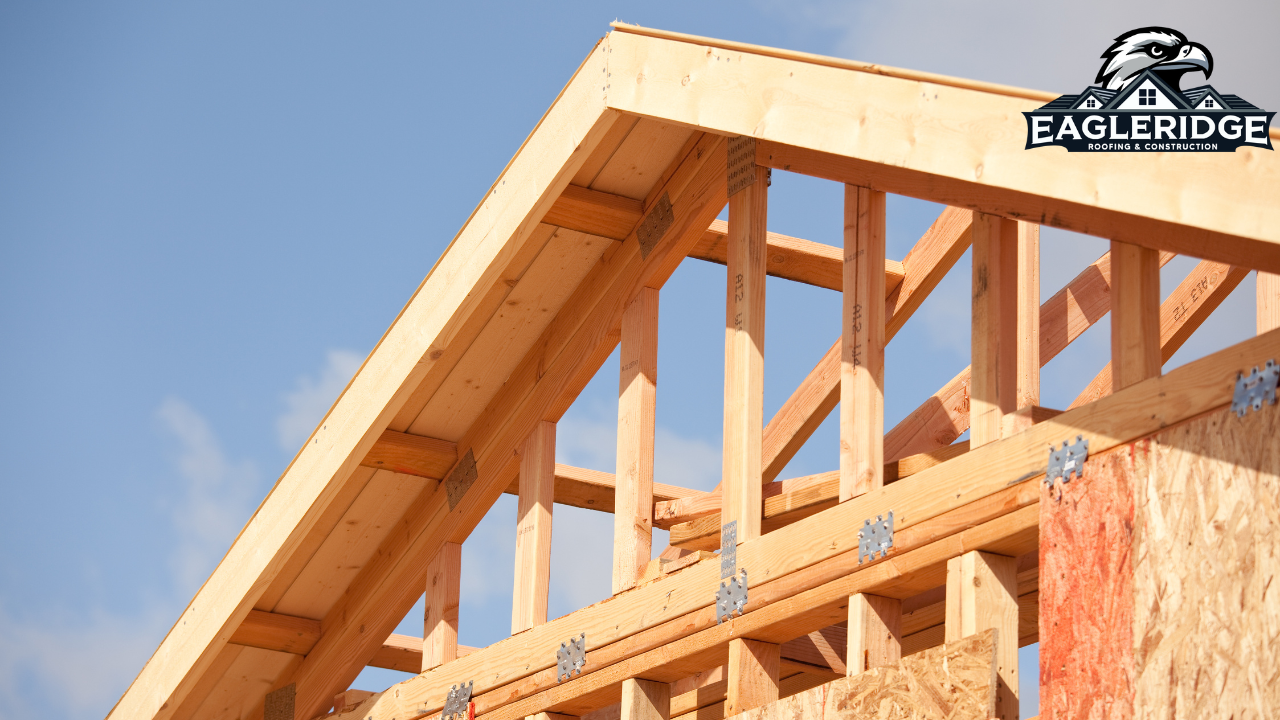To install solar panels effectively on your Utah roof, evaluate your roof's orientation and structural integrity. South-facing roofs with minimal shade are ideal. Make certain the roof can support the weight of the panels and address any pre-existing damage. Comply with local zoning laws, obtain necessary building permits, and adhere to utility standards. Considerations for homeowner association rules are also significant. Select from solar technologies like monocrystalline, polycrystalline, or thin-film based on efficiency and budget. Regular maintenance extends panel lifespan and maximizes efficiency. Further guidance on maximizing your investment and choosing the right solar technology is vital.
Assessing Roof Suitability
When considering solar panel installation, it is vital to first assess the suitability of your roof, as the effectiveness and longevity of the panels heavily depend on structural compatibility.
Evaluate the roof's orientation, angle, and condition. A south-facing roof with minimal shading is ideal, while structural integrity guarantees it can support the panel weight.
Address any damage or repairs before proceeding with installation.
Understanding Local Regulations
Maneuvering through the various local regulations is a critical step in the solar panel installation process. Utah requires compliance with specific zoning laws, building permits, and utility interconnection standards.
Understanding these regulations guarantees installations meet safety and legal requirements. Homeowners must also consider homeowner association rules, which can affect solar panel placement.
Thorough research and consultation with local authorities can facilitate a smooth installation experience.
Choosing the Right Solar Technology
Selecting the appropriate solar technology is a pivotal decision in the process of solar panel installation.
Different types of panels, such as monocrystalline, polycrystalline, and thin-film, offer varying efficiencies, costs, and aesthetic impacts.
Monocrystalline panels are efficient and durable but expensive.
Polycrystalline panels are cost-effective but less efficient.
Thin-film panels are flexible and lightweight but often require more space.
Consider your roof's characteristics and budget.
Maintenance and Longevity Considerations
Proper maintenance and understanding the longevity of your solar panels are critical components in maximizing their performance and return on investment.
Regular cleaning of panels guarantees peak energy absorption, while timely inspections prevent potential issues.
Most panels last 25 to 30 years, making it essential to monitor their efficiency and performance.
Addressing wear and tear promptly extends their lifespan and enhances energy savings.
Our services
Evaluating roof suitability, understanding local regulations, selecting appropriate solar technology, and considering maintenance and longevity are essential for successful solar panel installation in Utah. Roof evaluations guarantee structural compatibility, while knowledge of local laws ensures compliance. The choice of solar technology impacts efficiency and cost-effectiveness, and maintenance considerations influence system lifespan. Together, these factors contribute to the ideal integration of solar panels, promoting renewable energy use and supporting environmental sustainability efforts in the region.
Contact EagleRidge Today. For expert advice on your roofing needs, reach out to us now.
Get a Free Roof Inspection Today:
(801) 784-1457
EagleRidge Roofing Company Utah
Looking for the best roofing contractors in Utah? EagleRidge is your go-to team for all roofing needs! We're Utah's premier roofing company, serving Salt Lake City, Provo, Orem, and the entire Wasatch Front.
✓ Expert Roof Repairs ✓ New Roof Installations ✓ Roof Replacements ✓ Free Roof Inspections ✓ Storm Damage Specialists ✓ Residential & Commercial Roofing
Don't let a leaky roof ruin your home! Our skilled Utah roofers use top-quality materials to keep your property safe and dry. From shingle roofs to metal roofing, we do it all.



